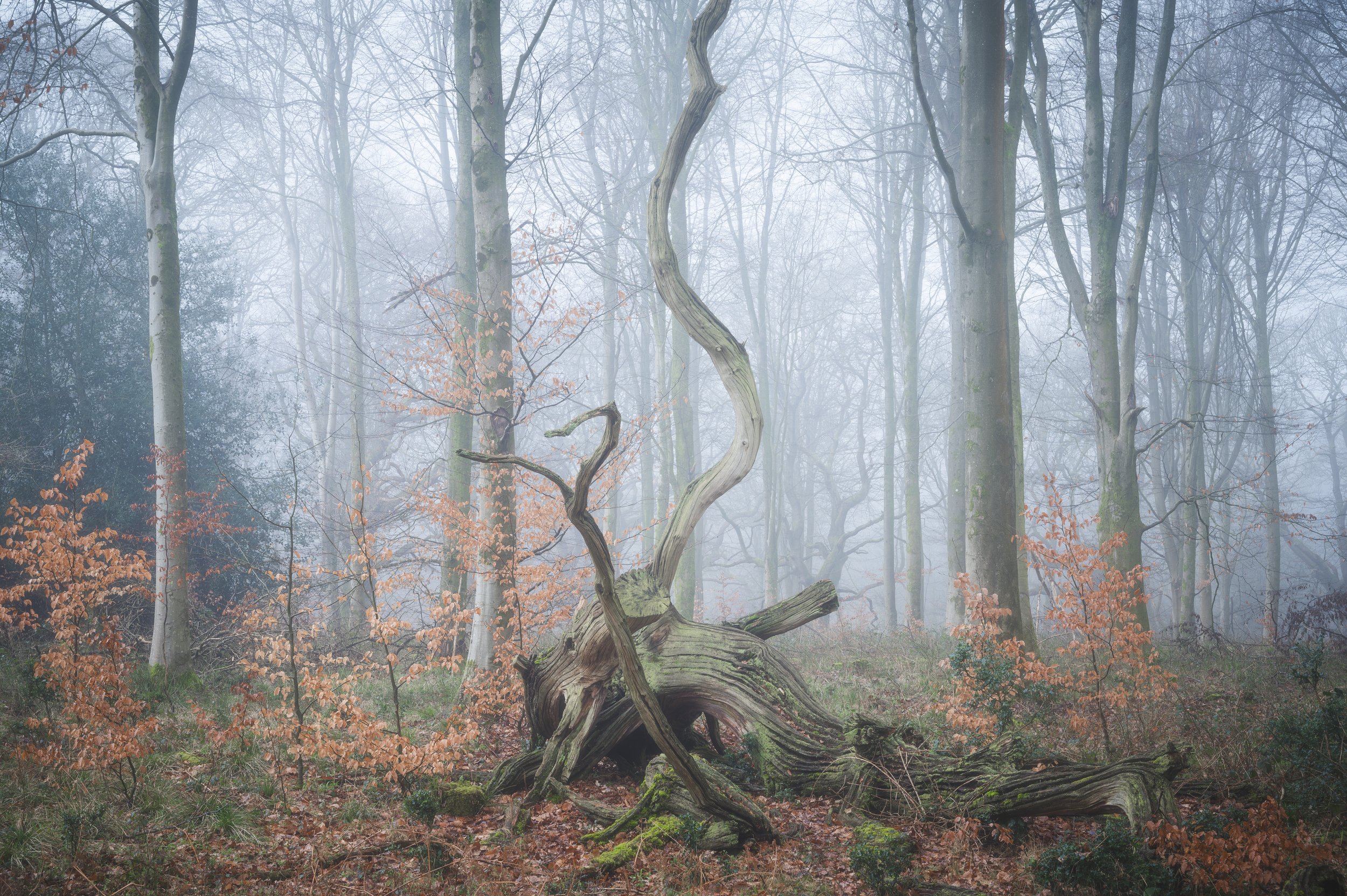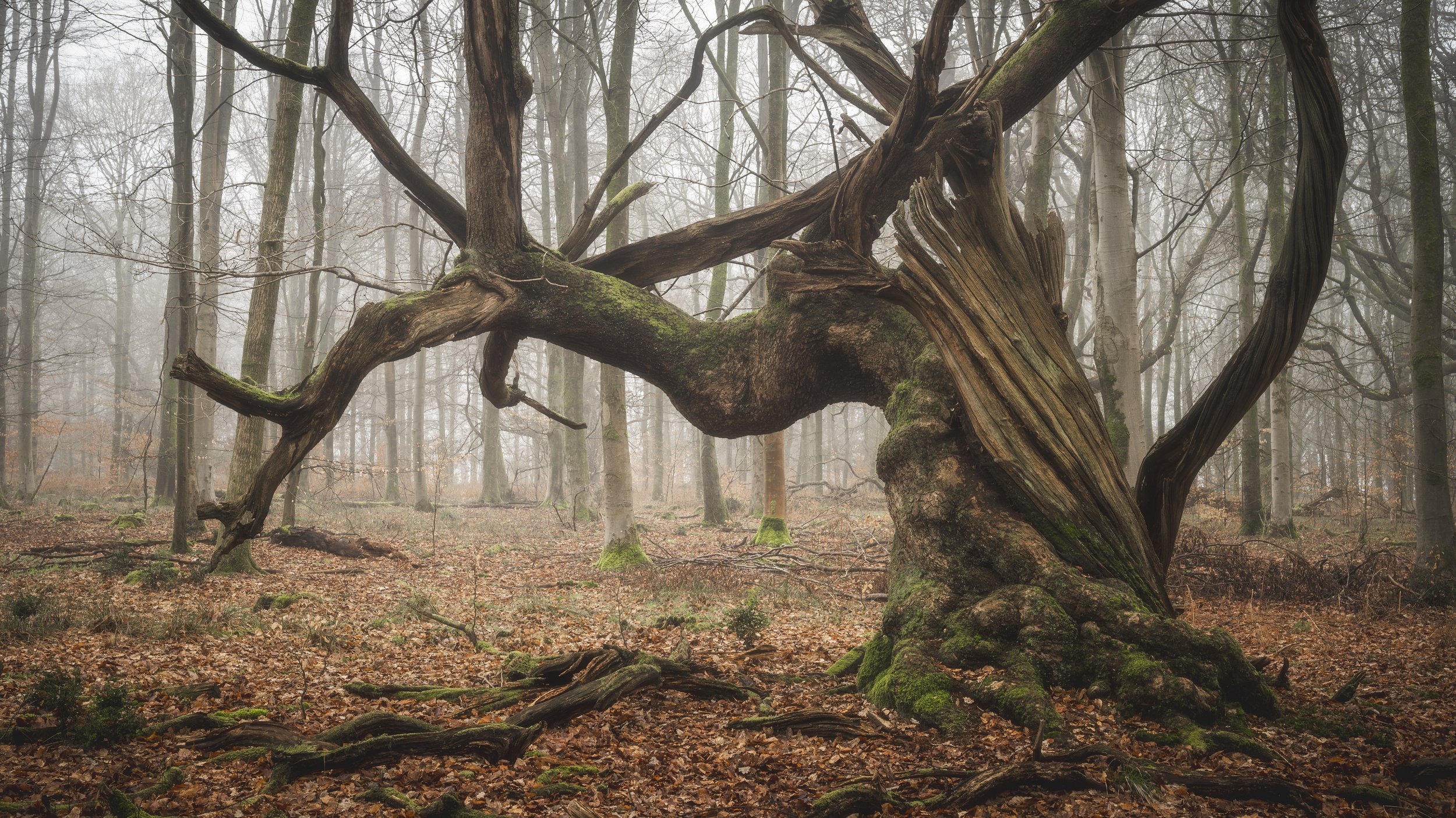The art of the edit.
I wanted to write this week about a fundamental part of photography and one of my favourite parts of it at that……the edit. Now let’s get this part out of the way first. There are a select few photographers out there that will wrinkle their noses at the mere mention of the word edit. “If it’s not straight out of the camera it’s not a photograph!”, they will declare snobbishly, while munching down on a Werthers mint. “It should all be done in camera!” Others will snort. And this is fine if you are that way inclined. There are others who will be simply happy with a few tweaks to balance an image and make it look a little better than it was and this is also fine. However, for me, the edit is probably the best part of photography as it allows me to put MY stamp on an image and make it just that little bit different from all the other images you might see of the same vein. And this is why I think editing is important. With literally 80% of the planet now carrying a camera around of some description on a daily basis, we as photographers are running out of originality. How many images do you see of iconic locations on a daily basis? How many of us scroll through our social media staring at the same scenes constantly? Nothing is special anymore it seems, but is this really the case?
I think not. And this is down to the artistry that flows when creative photographers apply their edits. I have used Lightroom and Photoshop for years now and feel like I am skilled in the use of both when it comes to editing my images. Up until recently I would edit each image on an individual basis, applying effects as I saw fit to make the image into more how my mind saw it rather than my eyes or the sensor of the camera did. I use masks, filters, colour management, the whole shebang to turn the flat Raw file into something that not only enhances the feel of the subject but also how my mind saw it or imagined it afterwards. This is where I leave an element of ME in my work. And this is what draws me to other photographers too. I love to see talented artists (Yes, photographers ARE artists!) express themselves through their own personal edits, drawing my eye and admiration for not only their hard work in getting the initial image but also their incredible edits to make me stop my finger and just go wow!
But back to me. I recently have started working on some presets to apply to my woodland photography. In the last year I have been heading off on shoots with a rough idea in my head of how I want the final images to look and take my images accordingly. I have three that I am currently applying the final tweaks too and I am sure there will be more in the near future as we head into spring and bluebell season. The first two are relatively similar and are both used on my shoots in the woods on Dartmoor. I have been very lucky with trips to these temperate rainforests in the last few months with several great sessions among these twisted oak woodlands. My idea for these edits was cold, damp, magical, mysterious places filled with strange creatures and things from Fairie just hiding out of sight at the edges of my images. My first edit, Dewerstone, is heavy on the blues and reds to really bring out the dampness of the mist and the colour of the dying bracken, with a soft vignette included to darken out the edges and add a sense of mystery and magic to each scene.
Edited with my Savernake preset
The second, Wistman’s plays more to the greens, with less of a vignette, and a softer feel to the fog and mist, giving the wood a more open feel but still a place of magic and ancient lore.
The final one which I am currently tweaking is Savernake. Warm tones, painterly soft light and bright mist with a slight golden hue to it, giving the sense of a sleeping autumnal forest. Now all three are very different but can be applied to any image to create that “feel” that’s in my mind.
I had a comment on a post the other day about how presets remove uniqueness but I disagree totally with that sentiment. Presets are just there for speed. I will still add tweaks to each image as I see fit to make the overall feel of the image suit the scene better. But this means my workflow has vastly sped up and the added bonus is that by applying a preset first I can quickly gauge if an image is going to work or not. The other benefit to presets are they allow you to create bodies of work that have an overarching them to them, useful if you are working on a photo book for instance or are thinking about displaying in a gallery or a specific room.
The other beauty of using presets in your editing workflow is you can create a whole new set of images by using a different preset. So, for instance, I can edit all my latest images with the Savernake preset to give them a look and feel then re edit them with another preset, say Wistman’s to create a whole new look to the same images. You can see some examples of this below.
The Savernake preset applied.
The Wistman’s preset applied
In conclusion I am not saying what I do is right or wrong but it is what I prefer. Editing allows you the freedom to express your own personal artistic skill and apply it to your photography, in the process creating something a little different from the rest and thus making you stand out more as a creative while also increasing workflow and maybe even adding to the amount of “keepers” from a Now, where’s my Werthers gone!



